Introduction: The Evolution of Wearable Tech and Its Increasing Importance in Daily Life
Wearable technology has come a long way since its humble beginnings. What started as simple fitness trackers and basic smartwatches has evolved into a dynamic ecosystem of connected devices, many of which have become integral parts of our daily lives. As technology advances, wearable devices are no longer just tools for tracking steps or checking the time; they are transforming the way we manage our health, monitor our fitness, enhance our productivity, and even experience the world around us.
The evolution of wearable tech is marked by a convergence of innovation in both hardware and software. From the early days of basic pedometers to the introduction of smartwatches that allow users to receive notifications, track heart rates, and even make payments, the wearable tech industry has experienced exponential growth. Today, wearables are not only limited to fitness and lifestyle applications but are also becoming critical tools for healthcare, entertainment, and augmented reality experiences.
The market for wearable devices continues to expand, and their roles in personal well-being, fitness, and convenience are increasingly being recognized. But what’s next for this rapidly evolving field? As technology continues to advance, new innovations are on the horizon that will redefine how we interact with wearable devices, pushing the boundaries of what they can do. The next big leap in wearable technology promises to deliver even more sophisticated features that could revolutionize healthcare, entertainment, and beyond.
Current Technologies: Smartwatches, Fitness Trackers, Health Monitors, and Augmented Reality Glasses
Before looking ahead, it’s essential to understand the wearable technologies that have paved the way for future advancements. Smartwatches, fitness trackers, health monitors, and augmented reality glasses are currently at the forefront of wearable technology, each serving different needs but converging in their ability to offer a more connected and personalized experience.
Smartwatches like the Apple Watch, Samsung Galaxy Watch, and Fitbit are popular wearable devices that have become staples in daily life. These devices are not only used to check the time but also provide a wide range of functionalities, such as fitness tracking, heart rate monitoring, GPS navigation, music control, and even blood oxygen level tracking. Additionally, many smartwatches feature health-related functionalities, including fall detection and ECG monitoring, enabling users to monitor their health more closely.
Fitness trackers, such as the Fitbit Charge series and the Garmin Vivosmart, focus on tracking physical activity, sleep patterns, and overall health metrics. While they are not as feature-rich as smartwatches, fitness trackers are often more affordable and lightweight, appealing to those who want to monitor their fitness without the added complexities of a full smartwatch.
Health monitors are wearables specifically designed to track specific health metrics, such as glucose levels, blood pressure, and oxygen saturation. Devices like the Dexcom G6 Continuous Glucose Monitor (CGM) have revolutionized how people with diabetes manage their condition by providing real-time monitoring of glucose levels. These devices allow users to make more informed decisions about their health, improving both the quality of life and health outcomes.
Augmented reality (AR) glasses, such as the Microsoft HoloLens and the Magic Leap One, represent the cutting edge of wearable tech for entertainment, education, and professional applications. These devices blend digital elements with the physical world, enabling users to interact with 3D holograms and virtual objects. While AR glasses are still in the early stages of consumer adoption, their potential is enormous, with the possibility of transforming industries ranging from gaming to healthcare.
Next Big Leap: AI Integration for Health Monitoring, Smart Clothing That Tracks Body Metrics, and Wearable VR/AR Systems
As we look ahead to the next big leap in wearable technology, several trends are emerging that could reshape the landscape of personal technology. AI integration for health monitoring, smart clothing, and wearable virtual and augmented reality (VR/AR) systems are some of the most exciting developments on the horizon.
- AI Integration for Health Monitoring: One of the most promising advancements in wearable technology is the integration of artificial intelligence (AI) to enhance health monitoring. AI has the potential to analyze data collected by wearable devices and provide more accurate insights into a user’s health and well-being. Machine learning algorithms can detect patterns in a user’s health data, identify early signs of potential issues, and even provide personalized recommendations for improving overall health. For example, AI-powered wearables could monitor heart rate variability, track sleep patterns, and analyze the user’s daily activity levels to provide insights into stress, fatigue, or risk factors for chronic conditions. With the ability to analyze vast amounts of data in real-time, AI can provide a level of precision and accuracy that traditional health monitoring methods cannot match. Additionally, AI could improve early detection of health conditions by analyzing changes in biometric data over time. For instance, AI could detect the onset of atrial fibrillation or warn users about rising blood pressure levels. This real-time, continuous monitoring can help individuals take preventive actions before a health issue becomes more serious, potentially saving lives.
- Smart Clothing That Tracks Body Metrics: Another exciting innovation in wearable technology is the development of smart clothing that tracks body metrics. Unlike traditional wearables that are worn on the wrist or around the neck, smart clothing is embedded with sensors that track physiological data directly from the body. These garments include shirts, socks, sports bras, and even shoes that measure things like heart rate, respiratory rate, body temperature, and muscle activity. Companies like Athos and Hexoskin are leading the way in smart clothing for fitness and health. These garments provide real-time feedback on physical performance and can be used by athletes to optimize their training. For example, smart shirts can measure muscle exertion during exercise, helping athletes to identify areas that need improvement or are at risk of injury. In addition to fitness applications, smart clothing has the potential to transform healthcare by offering more detailed and continuous monitoring of patients with chronic conditions. For example, smart socks could monitor circulation for individuals with diabetes, while smart shirts could track lung function for patients with respiratory conditions. This continuous, passive monitoring could provide critical data to healthcare providers, improving diagnosis and treatment outcomes.
- Wearable VR/AR Systems: Virtual and augmented reality are rapidly gaining traction in industries ranging from gaming to education and healthcare. The next big leap for wearables could involve more immersive and functional VR/AR systems that allow users to experience the digital world in new and innovative ways. VR headsets, such as the Oculus Quest and the HTC Vive, are already offering immersive gaming experiences, but their applications go beyond entertainment. In healthcare, VR/AR systems have the potential to revolutionize the way doctors conduct surgery, train, and interact with patients. Surgeons could use AR glasses to view critical information about a patient’s anatomy in real-time during surgery, improving accuracy and outcomes. Additionally, VR can be used for physical rehabilitation, providing patients with virtual environments to exercise and recover from injuries. Wearable VR/AR systems could also enhance the way we interact with digital content and the physical world. For instance, users could wear AR glasses to overlay digital information onto their surroundings, providing contextual information and enhancing everyday tasks. Whether it’s navigating through a city, learning a new skill, or interacting with virtual objects, the possibilities for wearable VR/AR systems are vast.
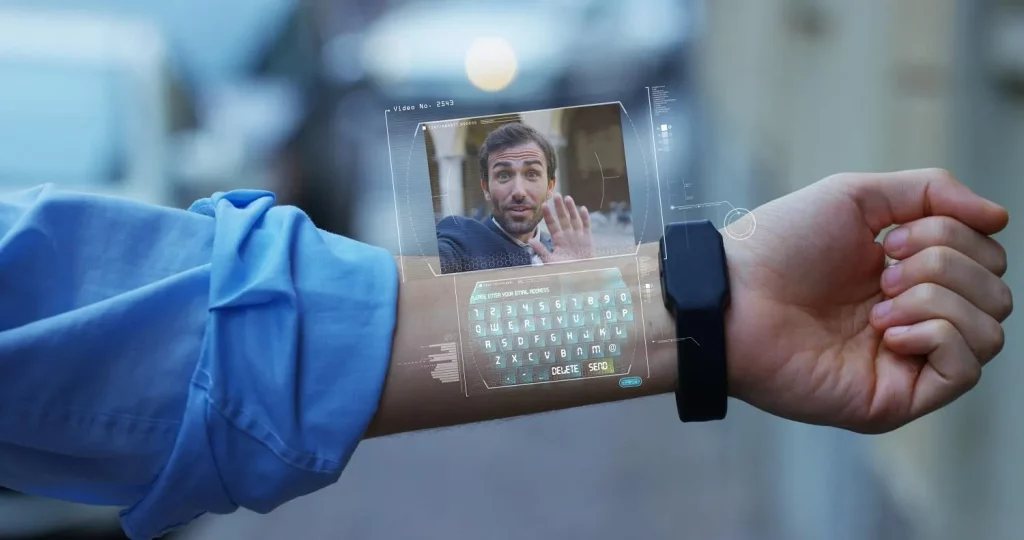
Challenges: Battery Life, Comfort, Privacy Concerns, and Overcoming Barriers to Mainstream Adoption
While the next big leap for wearable technology holds immense potential, several challenges must be addressed before these innovations can become mainstream. These challenges include battery life, comfort, privacy concerns, and the need for standardization across different devices.
- Battery Life: One of the most significant limitations of wearable technology is battery life. While advances in battery technology have allowed for longer-lasting wearables, many devices still require frequent charging. As wearables become more sophisticated and incorporate features like AI, VR/AR, and health monitoring, the demand for energy-efficient batteries will only increase. To make wearables more practical for everyday use, manufacturers must find ways to extend battery life without sacrificing performance or comfort. This could involve developing more efficient power management systems or exploring alternative energy sources, such as solar charging or kinetic energy harvesting.
- Comfort: For wearable technology to be adopted by the masses, it must be comfortable and unobtrusive. Devices that are too bulky, heavy, or uncomfortable to wear for extended periods will struggle to gain widespread adoption. Smart clothing, for example, needs to be made from breathable, lightweight materials that don’t irritate the skin or restrict movement. As the wearable tech industry moves forward, there will need to be a focus on designing devices that are both functional and comfortable. This is especially important for wearables designed for health monitoring, as users need to be able to wear these devices consistently without discomfort.
- Privacy Concerns: As wearables collect increasingly sensitive data, such as health metrics and personal information, privacy concerns are becoming more pronounced. Users need assurance that their data is protected and that companies are transparent about how that data is used. Stricter data protection regulations and advanced encryption techniques will be crucial in alleviating these concerns.
- Overcoming Barriers to Mainstream Adoption: Despite the growing interest in wearable technology, there are still several barriers to widespread adoption. The cost of many wearables can be prohibitive, particularly for high-end devices with advanced features. Additionally, there is a lack of standardization in the wearable tech industry, with different devices and platforms often unable to communicate with one another. To overcome these barriers, manufacturers will need to work toward creating affordable, interoperable devices that are easy to use and accessible to a broad audience.
Future of Wearables in Healthcare: Personalized Healthcare Solutions Such as Continuous Glucose Monitoring and Mental Health Tracking
The healthcare industry is one of the areas where wearables are having the most significant impact. The next generation of wearable devices promises to deliver personalized healthcare solutions that go beyond fitness tracking to offer continuous health monitoring and real-time insights into conditions like diabetes, cardiovascular disease, and mental health.
- Continuous Glucose Monitoring: Wearables like continuous glucose monitors (CGMs) are already transforming the way individuals with diabetes manage their condition. These devices provide real-time data on blood glucose levels, allowing users to make immediate adjustments to their diet or medication. As technology advances, CGMs will become even more accurate, reliable, and integrated into daily life, offering greater flexibility and control for users.
- Mental Health Tracking: Mental health is another area where wearables have the potential to make a profound impact. Devices that monitor physiological signals, such as heart rate variability, skin temperature, and even brainwaves, can provide valuable insights into a person’s mental health. By tracking these indicators over time, wearables can help detect early signs of stress, anxiety, or depression, allowing individuals to take proactive steps to manage their mental well-being.
Conclusion: Wearable Tech Is Advancing Rapidly, and the Next Leap Could Bring Even More Sophisticated Health and Wellness Solutions
Wearable technology has come a long way in a short amount of time, and the next big leap promises to bring even more exciting advancements. With AI-powered health monitoring, smart clothing, and wearable VR/AR systems on the horizon, the potential for wearable devices to improve health, wellness, and everyday life is vast. While challenges like battery life, comfort, and privacy remain, the future of wearables looks bright, especially as they continue to play a transformative role in personalized healthcare and beyond.















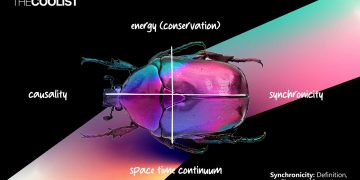









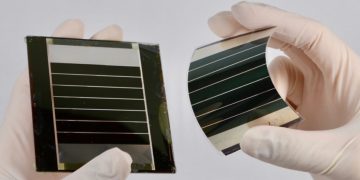
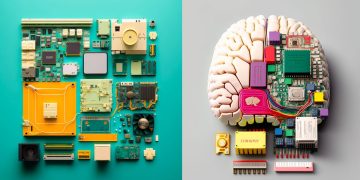




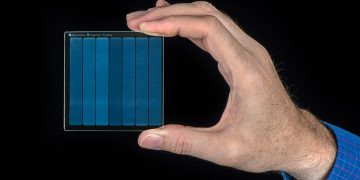

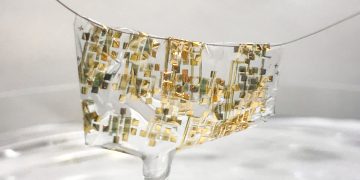

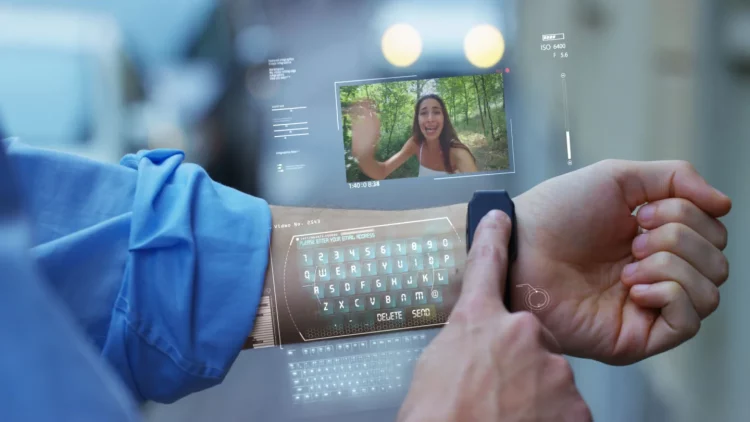












Discussion about this post